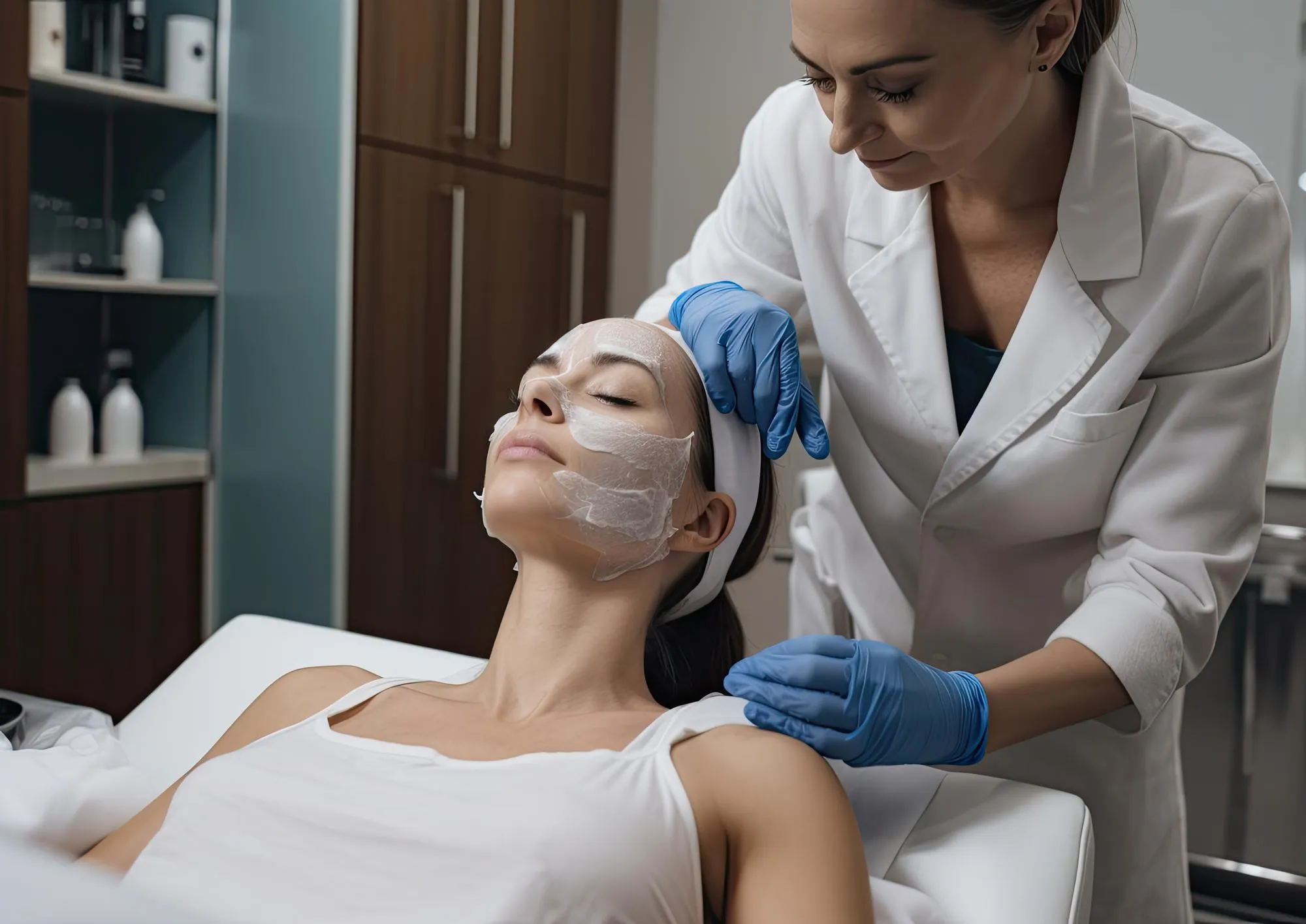As the beauty industry searches for natural solutions to skin health, researchers are turning toward ancient plant-based remedies with a history of providing therapeutic benefits. One such botanical hero, Dendrobium officinale, has been the focal point of a study published in the ‘Biological & Pharmaceutical Bulletin,’ offering promising insights into its potential as a natural skincare ingredient. The study, titled “The Reparative Effect of Dendrobium officinale Protocorms against Photodamage Caused by UV-Irradiation in Hairless Mice,” evaluates the impact of this traditional folk medicine on reversing the ill-effects of sun damage.
The world stands ever threatened by the long arm of ultraviolet (UV) radiation, which continues to escalate with the depletion of the ozone layer. UV radiation is a significant contributor to skin damage, leading to premature aging, erythema (skin reddening), and an increased risk of skin cancers. Thus, the discovery that Dendrobium officinale Protocorms (DOPs) could potentially act as a safeguard and healing agent against UV-damage could have far-reaching implications for future skincare formulations.
The Study’s Approach
Conducted by a team of scholars from the Mathematical Engineering Academy of Chinese Medicine, Guangzhou University of Chinese Medicine, including Prof. Mai Yansui, Prof. Niu Zheng, Prof. He Wenda, Prof. Lai Xiaoping, Prof. Huang Song, and Prof. Zheng Xiasheng, the research focuses on the reparative effects of DOPs on skin that has been subjected to UV irradiation. Hairless mice were the subjects of this research to simulate the effects of UV exposure on human skin, minus the interference of hair.
The study featured six groups, with eight mice in each. With the exception of the normal control group, all groups were exposed to UV irradiation to mimic repetitive sun exposure, a factor contributing to photoaging. Following UV irradiation, one group received a formulation of the peptide matrixyl, known for its skin-repair properties, as a positive control. The DOPs-treated groups had a transdermal application of a DOPs formulation after the four-week UV exposure period.
Key Findings
The results of the study were decisive and optimistic. Indicators of skin health such as catalase (CAT), superoxide dismutase (SOD), and glutathione peroxidase (GSH-Px) showed increased expression levels in the DOPs-treated group, while thiobarbituric acid reactive substances (TBARS) and matrix metalloproteinases (MMPs), which are linked to skin damage, were significantly reduced.
In layman’s terms, the application of DOPs led to visible reduction in erythema and the protection against skin dryness. Essentially, DOPs exhibited a substantial anti-photoaging effect. Put simply, DOPs could potentially empower skin cells to better withstand the assault of UV rays, thereby preserving the skin’s youthful state and integrity.
Implications of the Research
The revelations from this study provide a solid groundwork for further exploration into the integration of DOPs into dermatologic formulations. With its natural origin and promising efficacy, Dendrobium officinale could revolutionize the approach to preventative skincare and treatments for photoaging. Given the shift towards ‘clean beauty’ and a preference for holistic, nature-derived products, the potential for DOPs to hit the market with an evidence-based claim is substantial.
Furthermore, as concerns regarding the side effects of synthetic compounds grow among consumers, the demand for skincare products that blend nature with science is on the surge. DOPs, with their rich chemical profile and reparative effects, position themselves as an attractive ingredient suited for this burgeoning market trend.
Potential Applications in Skincare
The outcomes of the study suggest that DOPs could be an invaluable addition to the formulation of sunscreens, after-sun repair lotions, and anti-aging products. Incorporating DOPs into these products would not only enhance their reparative properties but also imbue them with multifunctional capacities – protecting against future damage while repairing past photo-damage.
Conclusion
In a world where beauty and health are paramount, Dendrobium officinale emerges from the annals of traditional medicine to stake its claim in modern skincare. The research documented in ‘Biological & Pharmaceutical Bulletin’ serves as a beacon for future studies and a signal to the cosmetic industry to adapt and investigate the rich pharmacopeia of nature.
With mounting evidence of DOPs’ potential, one can only anticipate the profound impact this could have on our approach to skin health, aging, and the broader scope of dermatology. As the journey from ancient folk remedy to contemporary skincare solutions continues, Dendrobium officinale might soon become as much a fixture in bathroom cabinets as it is in natural healthcare lore.
DOI and References
DOI: 10.1248/bpb.b18-00901
1. Mai Yansui, et al. (2019). ‘The Reparative Effect of Dendrobium officinale Protocorms against Photodamage Caused by UV-Irradiation in Hairless Mice.’ Biological & Pharmaceutical Bulletin, 42(5), 728-735.
2. Aoi, W., & Marunaka, Y. (2014). ‘Importance of pH homeostasis in metabolic health and diseases: Crucial role of membrane proton transport.’ Biomedical Research International, 2014.
3. Goldberg, L. H., Kaplan, B., Vergilis-Kalner, I., & Landau, J. (2010). ‘Liquid nitrogen cryotherapy for surface eye disease (an AOS thesis).’ Transactions of the American Ophthalmological Society, 108, 62–69.
4. Panche, A. N., Diwan, A. D., & Chandra, S. R. (2016). ‘Flavonoids: an overview.’ Journal of Nutritional Science, 5, e47.
5. Zhang, X., & Silverberg, J. I. (2015). ‘Association of atopic dermatitis with being overweight and obese: A systematic review and metaanalysis.’ Journal of the American Academy of Dermatology, 72(4), 606-616.e4.
Keywords
1. Dendrobium officinale skin benefits
2. UV radiation skin protection
3. Anti-aging natural ingredients
4. Skin repair and photodamage
5. Plant-based dermatologic agents
